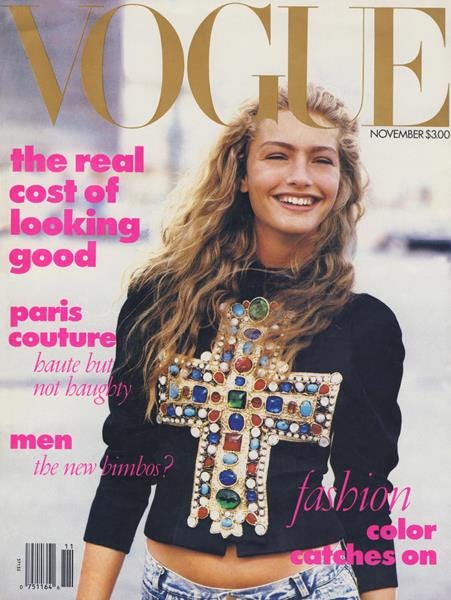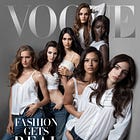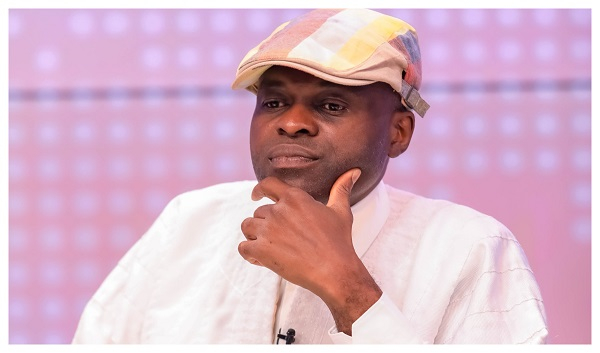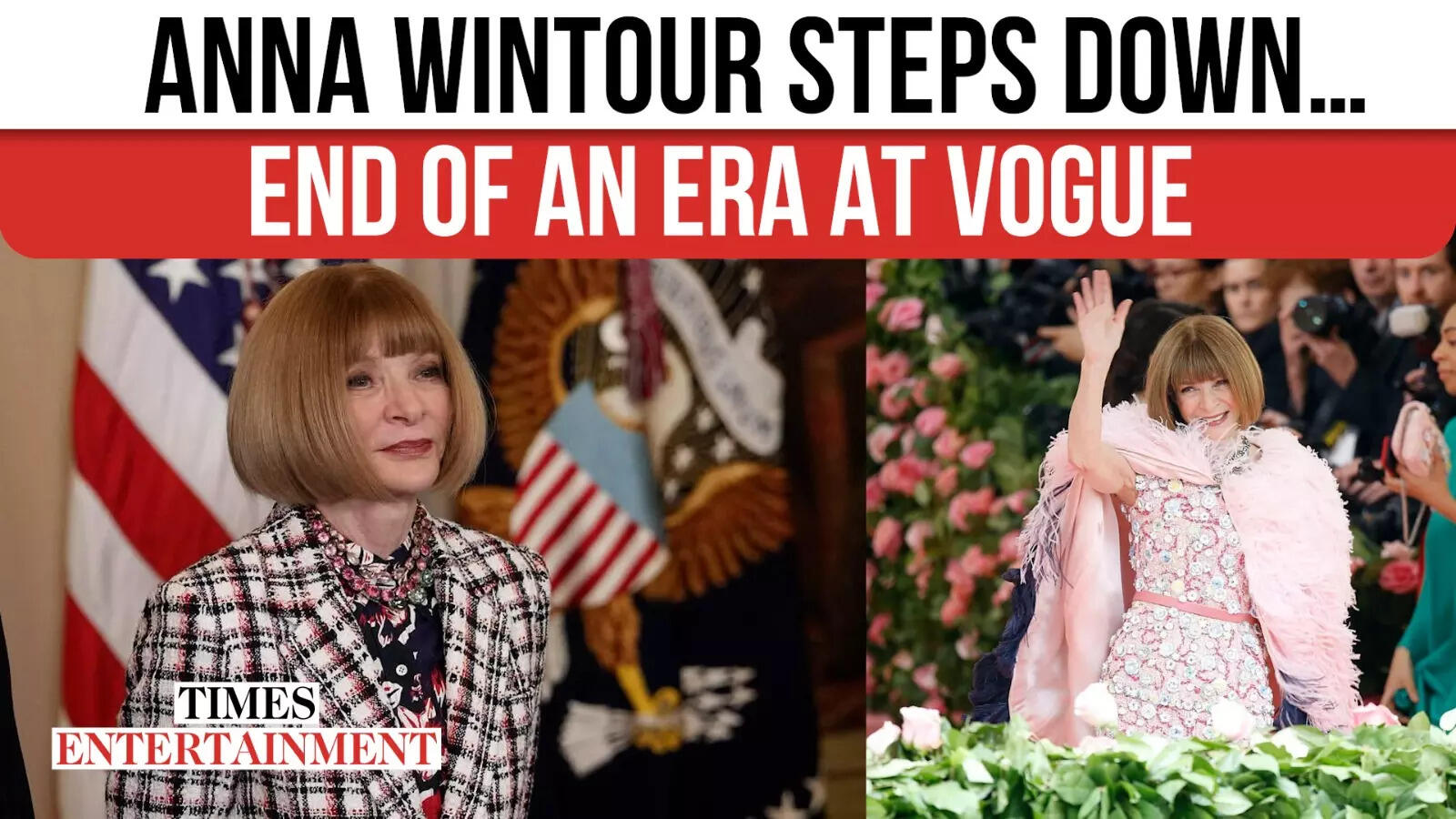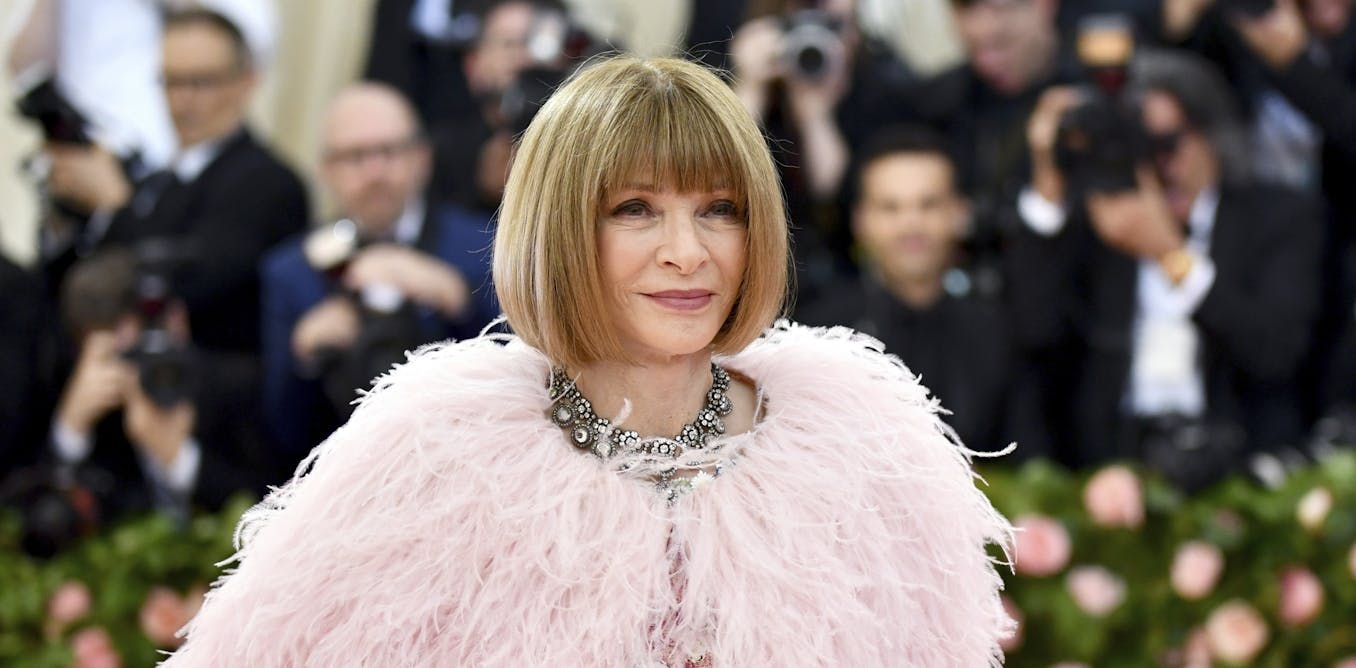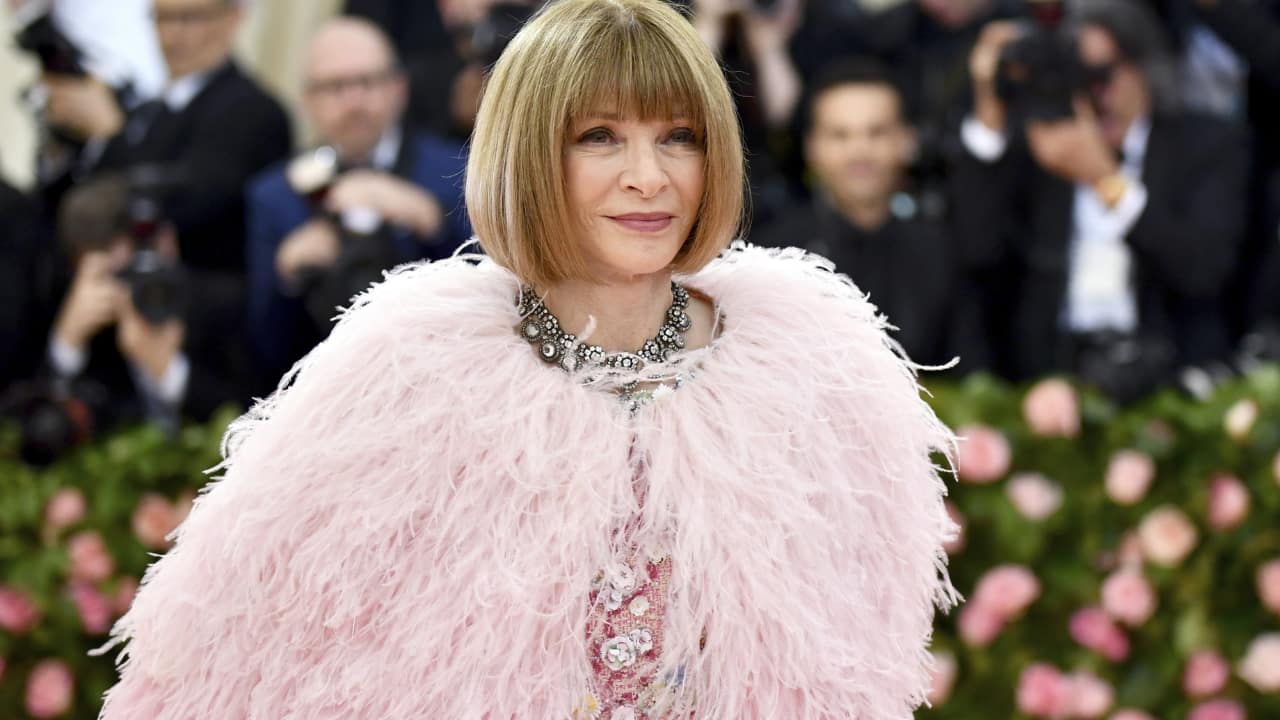Anna Wintour told her staff she’s hiring a new head of editorial content for American Vogue to replace herself in the job she’s held since the summer of 1988, Women’s Wear Daily reported Thursday.
Anna, who is 75, will stay in her role as chief content officer for Condé Nast and global editorial director for Vogue, allowing her to retain oversight of the magazine. But she will no longer serve as editor-in-chief, a title that has become an anomaly at Condé Nast, whose CEO Roger Lynch years ago declared it “no longer a magazine company.”
This is a big, big deal for Vogue, for fashion, and for Condé Nast. But it’s also a big deal for Anna herself, who’s been in the role for 37 years. She ties Edna Woolman Chase, who started working at Vogue during the Gilded Age, for longest tenure as editor-in-chief of the title.
Anna set her heart on running American Vogue decades ago, after her famous Fleet Street editor father Charles Wintour (“Chilly Charlie”) told her she should become the editor-in-chief of the magazine. To Charles, Anna’s interest in fashion over academics, as she came of age in Swinging London, was obvious. Her earliest fashion editor jobs included freelance work for magazines like Time Out London and the little-known Student. She also worked as a shop girl at Biba and Harrods.
In the late seventies, she moved to New York, where she got fired from Harper’s Bazaar only to land at Bob Guccione-owned Viva magazine, which folded, leaving Anna out of a job. (As it turned out, launching the title with male nudity wasn’t a great business proposition.) She used her next job as fashion editor of New York magazine to catch the attention of Condé Nast, which hired her as Vogue creative director under then-editor-in-chief Grace Mirabella in the early eighties. Mirabella and Anna famously didn’t see eye to eye (it didn’t help that Anna had told her she wanted her job). Mirabella thought she was rid of Anna when she was sent to London to edit British Vogue. There, the British press pounced on her, casting her as icy as she efficiently cleared out the staff, longtime columnists, and her predecessor’s horsey aesthetic to make way for her own team and fashion coverage targeted to the modern working woman.
By 1987, Anna was back in New York, overseeing House & Garden. Her coldness was becoming legend, and staffers bought shorter skirts in hopes of winning her approval. Soon enough, she was appointed editor-in-chief of Vogue at 38 years old, unseating Mirabella who infamously heard about the news first through her husband, who had seen it on television.
Anna followed the same playbook at American Vogue that she had at HG and British Vogue. She cleared out the staff and made the magazine newsier and more culturally relevant. Her standards and budgets were famously high — she killed stories freely, paid staff generously, and became one of the most feared people working in fashion and publishing. The way she treated her assistants made her an icon thanks to the book The Devil Wears Prada, which became a movie in which the Anna Wintour archetype Miranda Priestly was played by Meryl Streep.
Her tenure was not without its controversies, some of them involving Vogue’s depiction of people of color, like the LeBron James and Gisele Bündchen cover that drew comparisons to King Kong and Fay Wray. Recently, she seems to have been in legacy-building mode, giving an interview to the Washington Post’s Robin Givhan in which she admitted, “I felt I had let people down.” The last Met Gala, she oversaw as editor-in-chief of Vogue — openingn the exhibition Superfine: Tailoring Black Style — was the only one under her leadership that was devoted to Black artists.
Anna wants to be remembered for her philanthropy. In addition to raising money for the Metropolitan Museum of Art through the gala, she’s raised money for HIV/AIDS and youth mental health, among other causes. She’s also a top bundler for Democratic candidates.
Anna’s retirement has been the subject of speculation for many years. This isn’t retirement since she’s staying on at Condé Nast, but it marks the end of an era — and reminds us of the impossibility of having an editorial career like Anna’s ever again. Hiring her own replacement while still at Condé Nast ensures her ability to train her successor and shape the Vogue she’ll leave behind when she does exit the company. Potential successors could include Lindsay Peoples, who runs The Cut, and Chioma Nnadi, who recently replaced Edward Enninful at British Vogue. (If you have guesses, do drop them in the comments!)
There will never be another editor like Anna Wintour. And there may never be an editor who, like her, always managed to come out on top.
Anna has told friends she’s not going to write a memoir. If you want to learn more about her life and career, I hope you’ll consider picking up a copy of Anna: The Biography.
:

